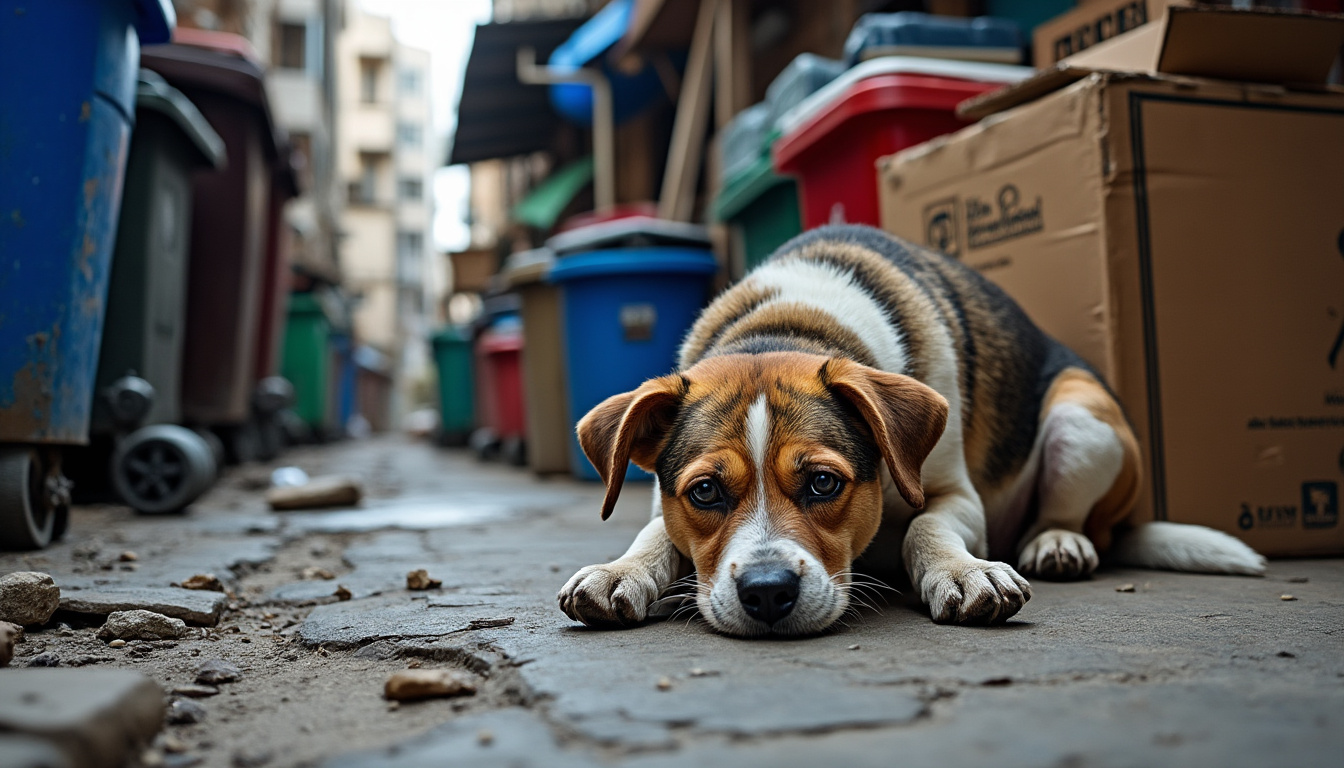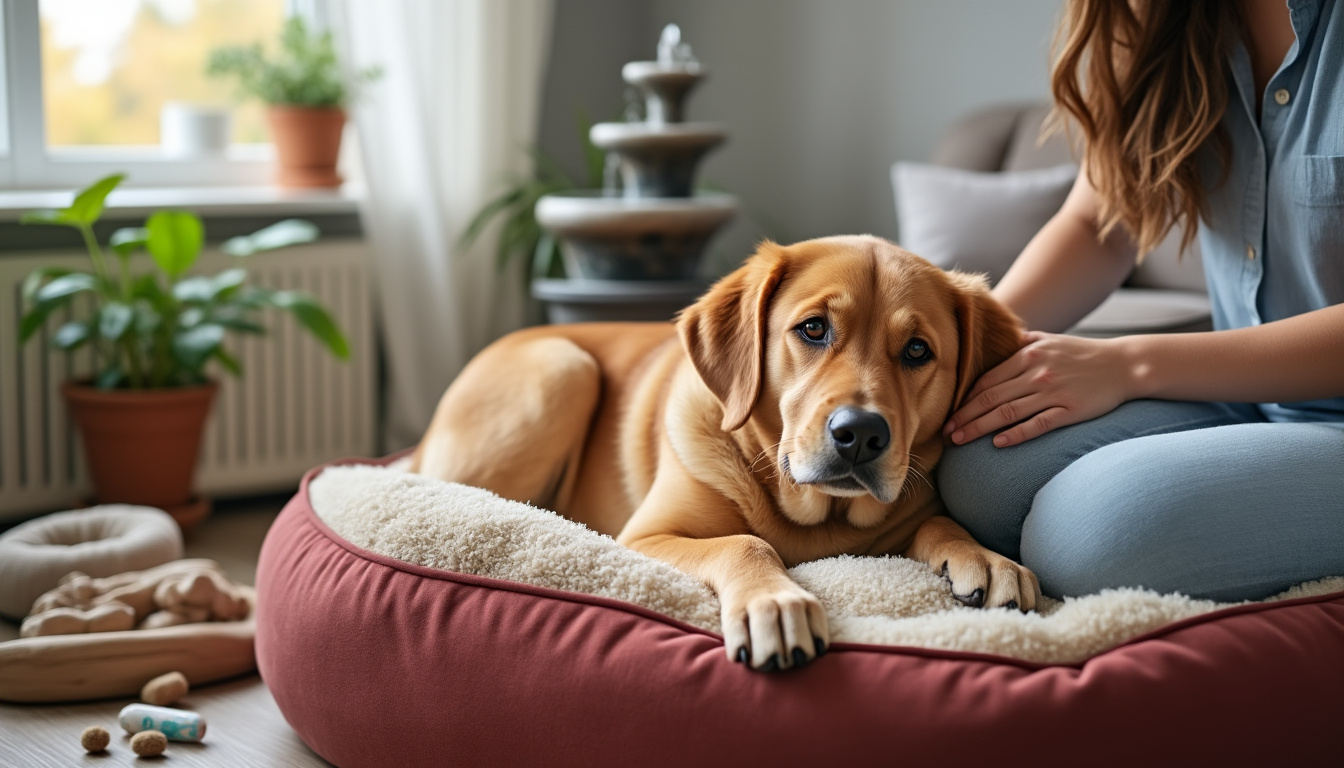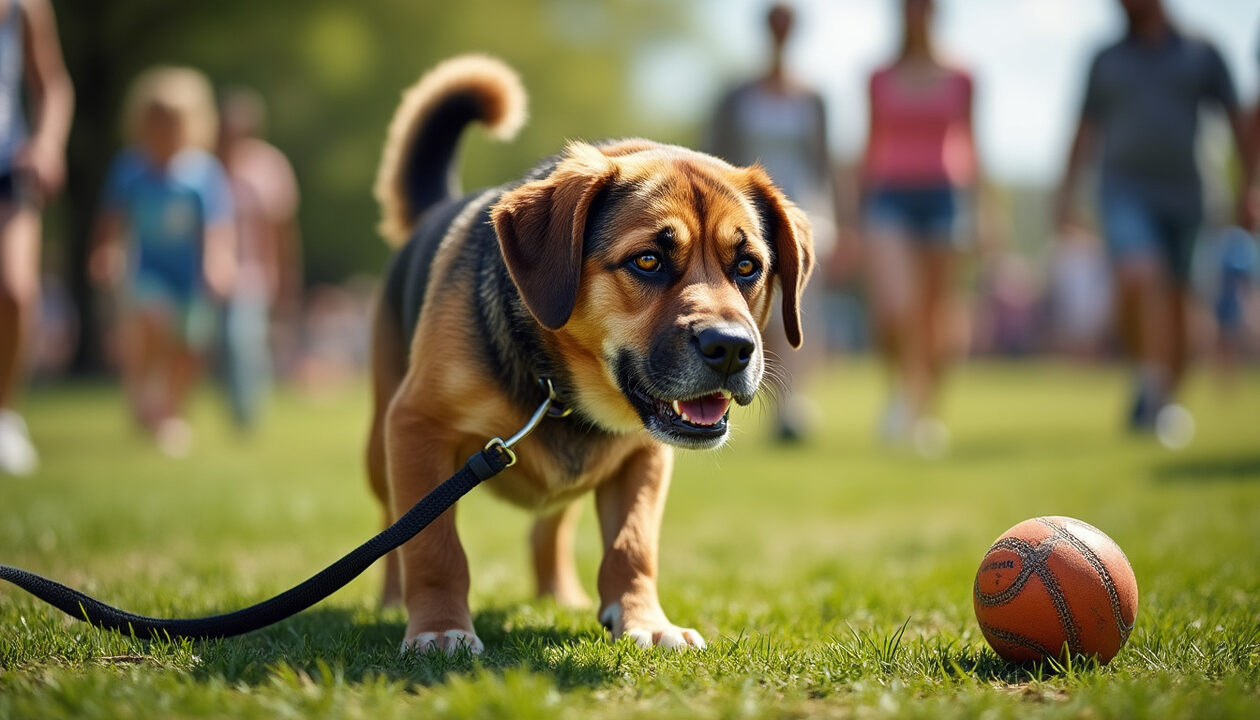Comment to prevent stress in your dog on a daily basis?
Stress in our canine companions is a crucial topic to address in order to ensure their animal well-being. This phenomenon can affect their behavior and health, making their daily lives difficult. In our homes, it is essential to identify the triggering factors of stress in order to establish effective preventive methods. Solutions exist to help prevent dog stress, through various techniques such as training, appropriate diet, or the use of calming dog toys. This article offers practical advice to reduce stress in your dog and improve their daily life while fostering a healthy and harmonious relationship.
The causes of canine stress
Understanding the causes of stress in your dog is a first step towards effective management. Stress can be induced by numerous factors, ranging from the environment to specific events, as well as health issues. Every dog has a unique sensitivity to its environment and the triggers may vary.

Environmental changes
A move, new family members, or even the arrival of a new pet can generate considerable stress in your dog. Excessive noises, such as construction in the home or fireworks, are also often a source of anxiety. In these situations, using relaxation techniques for dogs and an anti-stress diet for dogs can be helpful.
Health problems
Health problems can also be a significant source of stress. A dog suffering from physical pain or chronic diseases may become reluctant and anxious. It is essential to have regular veterinary check-ups to assess your pet’s health and prevent stress from leading to physical illness. For advice on managing health issues that can cause stress, refer to this article on stress in dogs.
Preventing stress: practical tips
Maintaining optimal animal well-being involves implementing concrete strategies to reduce stress. Here are some practical tips to achieve this.
Adopt a stable routine
Dogs, just like humans, appreciate routine. Having fixed schedules for meals, walks, and playtime helps provide them with a reassuring framework. It also helps expose them less to stressful situations. Incorporating calm moments where your dog can retreat to a safe space is also beneficial.
Use calming dog toys
Calming toys can play a crucial role in managing canine stress. Offering chew toys, interactive toys, or toys that release treats can help occupy your dog and distract them from their worries. These toys promote focus and relaxation. To explore reputable brands in this area, check out this guide.

Diet and anti-stress food
A good diet is one of the pillars to reduce canine stress. Specific nutrients can help calm anxious dogs. You can integrate foods rich in omega-3 fatty acids, known for their anti-inflammatory and relaxing properties.
Essential oils and calming collars
More and more owners are choosing to use essential oils for dogs to create a calming atmosphere at home. Some oils, such as lavender, are renowned for their calming effects. Along with this, a calming collar for dogs can also be an option to consider, with stress-relieving effects thanks to synthetic pheromones. These solutions can be an excellent complement to the anti-stress diet for dogs and relaxation techniques.
Relaxation techniques and stress management methods
Implementing relaxation techniques is essential to help your dog overcome their challenges. There are many and varied stress management methods.
Physical and mental exercises
Regular physical activities are crucial to prevent canine stress. A daily walk, playtime in the park, and moments of mental stimulation should be part of your dog’s routine. Obedience exercises or search games are also excellent activities to expend your pet’s energy.
Consult a professional
Consulting a dog trainer can also be a solution to combat your furry friend’s stress. A personalized approach can ensure that your dog receives the necessary help to manage their fears or anxiety. Similarly, incorporating specific relaxation techniques provided by an expert can help you create a caring and reassuring environment.
Finding balance
Every dog is unique, and it is important to observe their behavior to understand their needs. With patience and empathy, it is possible to implement positive changes that will improve your pet’s daily life while reducing stress. Attentive owners will be able to detect signs of stress in dogs and respond effectively, ensuring a happy and peaceful coexistence.
Additional resources
For more detailed advice on stress management and behaviors in dogs, feel free to consult the following resources:
- Diabetes treatment in animals
- Calming your pet’s stress
- Preventing stress in dogs
- Stressful noises for dogs
- Signs of stress in dogs
- Veterinarian advice
- Preventing stress during the holidays
| Strategy | Description | Recommended products |
|---|---|---|
| Stable routine | Establish a routine for meals, walks, and play. | Time planners for pets |
| Calming toys | Use toys to distract and soothe your dog. | Brands like KONG or Nylabone |
| Specific foods | Incorporate foods rich in omega-3. | Foods from brands like Hill’s or Royal Canin |
| Calming collar | Use a collar with pheromones. | Products from brands like Adaptil |
| Relaxation techniques | Implement relaxation exercises. | Books or apps for dog meditation |




